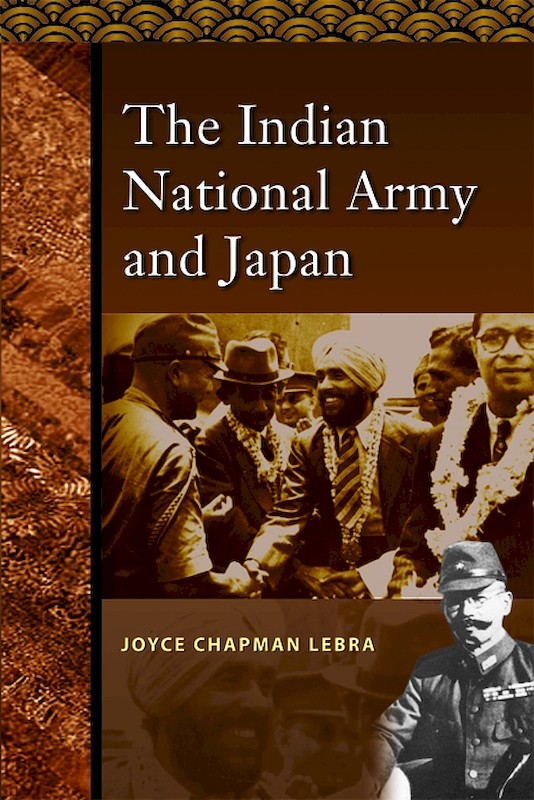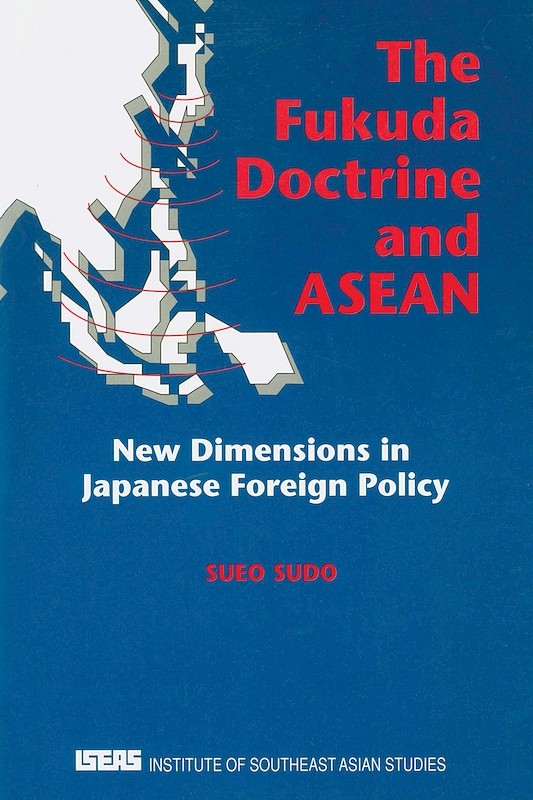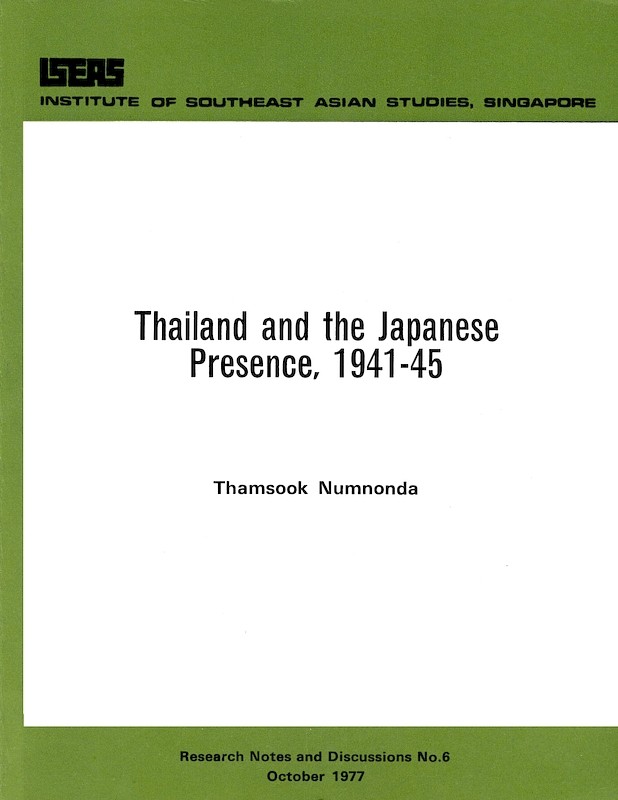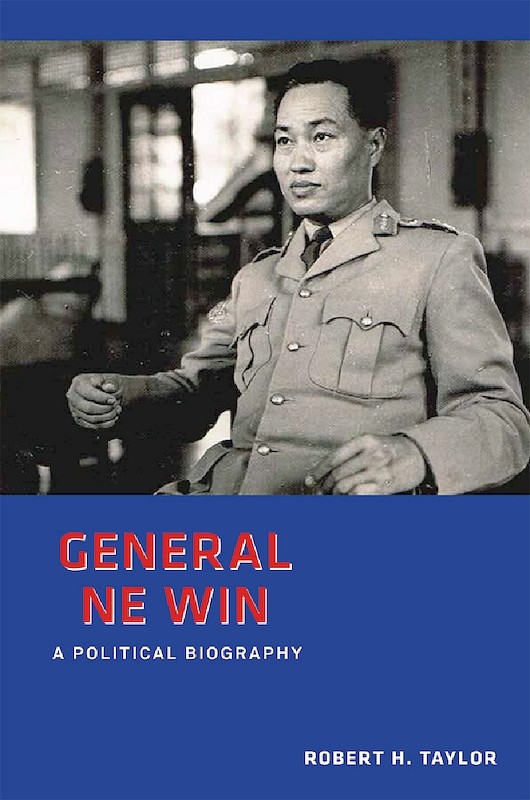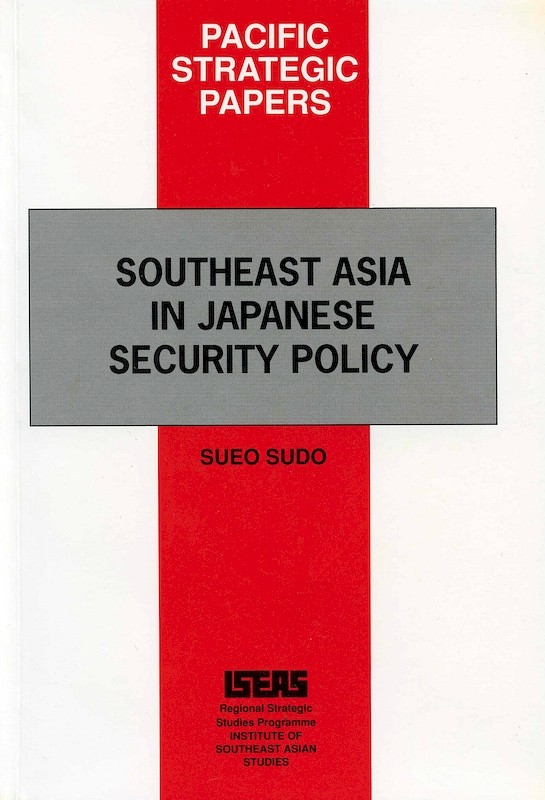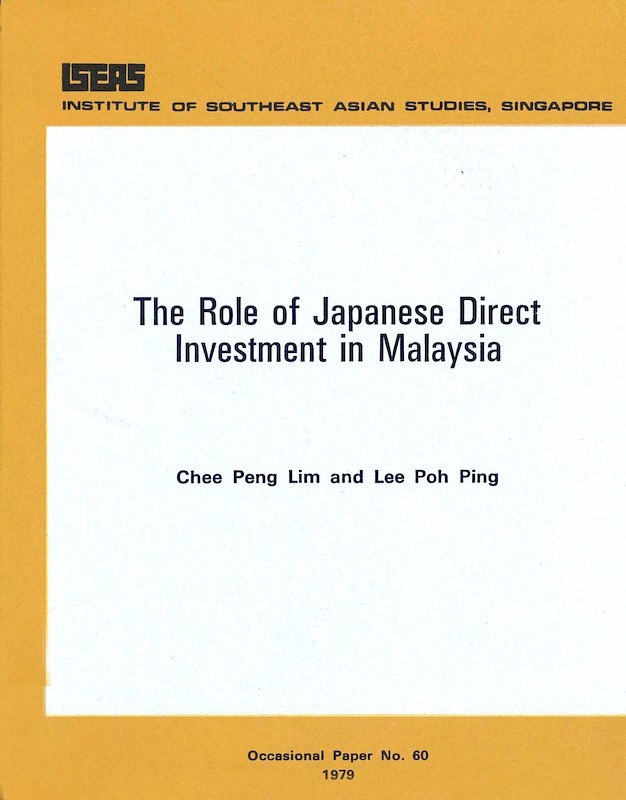Japanese-Trained Armies in Southeast Asia
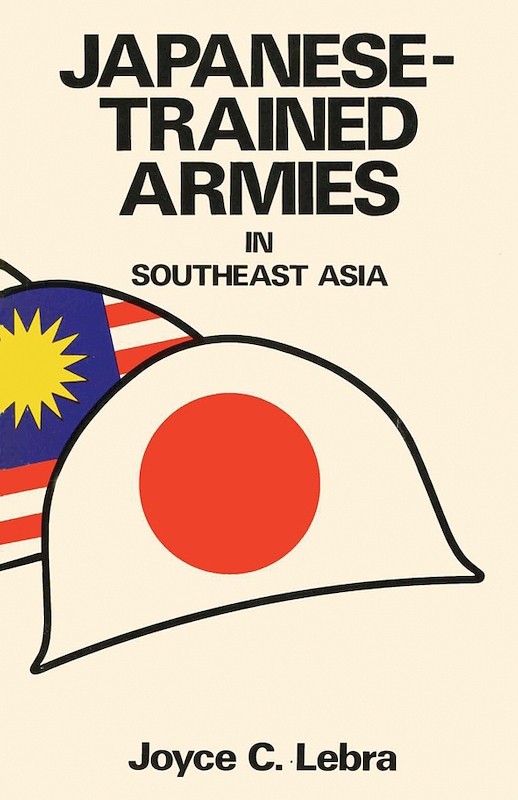
Joyce C Lebra, author
Date of publication:
2010
Publisher:
Institute of Southeast Asian Studies
Number of pages:
226
Code:
BM396
About the publication
This is the first study by a Western scholar of a significant facet of the history of the Second World War - Japanese-trained independence and volunteer armies as agents of revolution and modernization.At the time, the Japanese did not see that their military imprinting would affect a whole generation of political/military leadership of nations of post-Second World War Southeast Asia. Leaders like Suharto, Ne Win and Park are all products of Japanese military training.
Contents
-
Japanese-Trained Armies in Southeast Asia
[Whole Publication, ISBN: 9789814279451] -
Preliminary pages
-
1. Japanese Initiatives - Southeast Asian Response
-
2. The Indian National Army
-
3. The Burma Independence Army
-
4. Peta
-
5. Volunteer Armies in Malaya, Sumatra, Indochina, Borneo and the Philippines
-
6. Revolt of the Independence Armies
-
7. The Significance of the Japanese Military Model for Southeast Asia
-
Appendices
-
Bibliography
-
Bibliographic Note
-
Glossary
-
Index
-
Photographs

